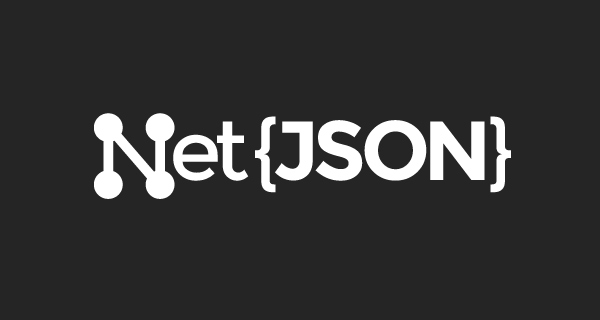Comments have been closed for this post.
Hello, my name is Federico Capoano,
I enjoy developing cutting-edge websites
and working with creative people.
NetJSON: data interchange format for networks
3rd May 2015 in Coding Tags: netjson, wireless-community
NetJSON is a data interchange format for encoding the basic building blocks of networking.
With NetJSON you can represent 4 different type of objects:
- Device Configuration & Properties
- Monitoring Data
- Routes
- Topology
Example: json NetworkGraph format
{ "type": "NetworkGraph", "protocol": "olsr", "version": "0.6.6", "revision": "5031a799fcbe17f61d57e387bc3806de", "metric": "etx", "router_id": "172.16.40.24", "nodes": [ { "id": "172.16.40.24", "label": "node-A", "properties": { "hostname": "node1.my.net" } }, { "id": "172.16.40.60", "label": "node-B", "properties": { "hostname": "node2.my.net" } } ], "links": [ { "source": "172.16.40.24", "target": "172.16.40.60", "weight": 1.000, "properties": { "lq": 1.000, "nlq": 0.497 } } ] }
Motivations
Developing software that deals with networks is harder than it should.
Developers have to take into account all the differences between vendors, operating systems, routing protocols, hardware and (when working with community networks) with the different approaches of each community.
Very often, each vendor develops an entire stack that works exclusively with its own hardware and software.
There exist many libraries and web apps for networking, but it is very hard to make them interoperable, that is, making them talk and understand one another with minimum effort.
Instead of creating an ecosystem, we have been creating silos that hardly talk to each other.
This is an attempt to invert this trend, following the successful example of the GeoJSON open standard.
By defining common data structures we can allow developers to focus on their goals instead of having to struggle with the differences of each vendor, firmware, routing protocol or community.
Moreover, we will lay the groundwork for an ecosystem to grow organically: once the standard JSON structures are defined and adopted it will be easier to write systems that work together, instead of creating silos.
Learn more
You can learn more about NetJSON at the dedicated github repository.
Comments are closed.
Categories
Let's be social
Popular posts
- Django Tagging Autocomplete Tag-It
- Django: FileField with ContentType and File Size Validation
- 10 Effective Business Card Design Tips
- How to setup StaticGenerator with Apache + mod_wsgi
- IE8 doesn't like 1x1px semi-transparent backgrounds
Latest Comments
“ I got very good results with this, thanks for sharing. ”
By Yasir Atabani in How to speed up tests with Django and PostgreSQL
“ Hi Amad, for any question regarding OpenWISP, use one of the support channels: http://openwisp.org/support.html ”
By Federico Capoano in How to install OpenWISP
“ Sir please guid , i have install the ansible-openwisp2 , now how to add the access points . What is the next procedure . Please help. ”
By Ahmad in How to install OpenWISP
“ Hi Ronak, for any question regarding OpenWISP, use one of the support channels: http://openwisp.org/support.html ”
By Federico Capoano in netjsonconfig: convert NetJSON to OpenWRT UCI
“ Hi, I have installed openwisp controller using ansible playbook. Now, i am adding the configurations automatically using OPENWRT devices in openwisp file by specifying shared_key so can you suggest me if I want to set limit to add configuration how can i do it? ”
By Ronak in netjsonconfig: convert NetJSON to OpenWRT UCI
